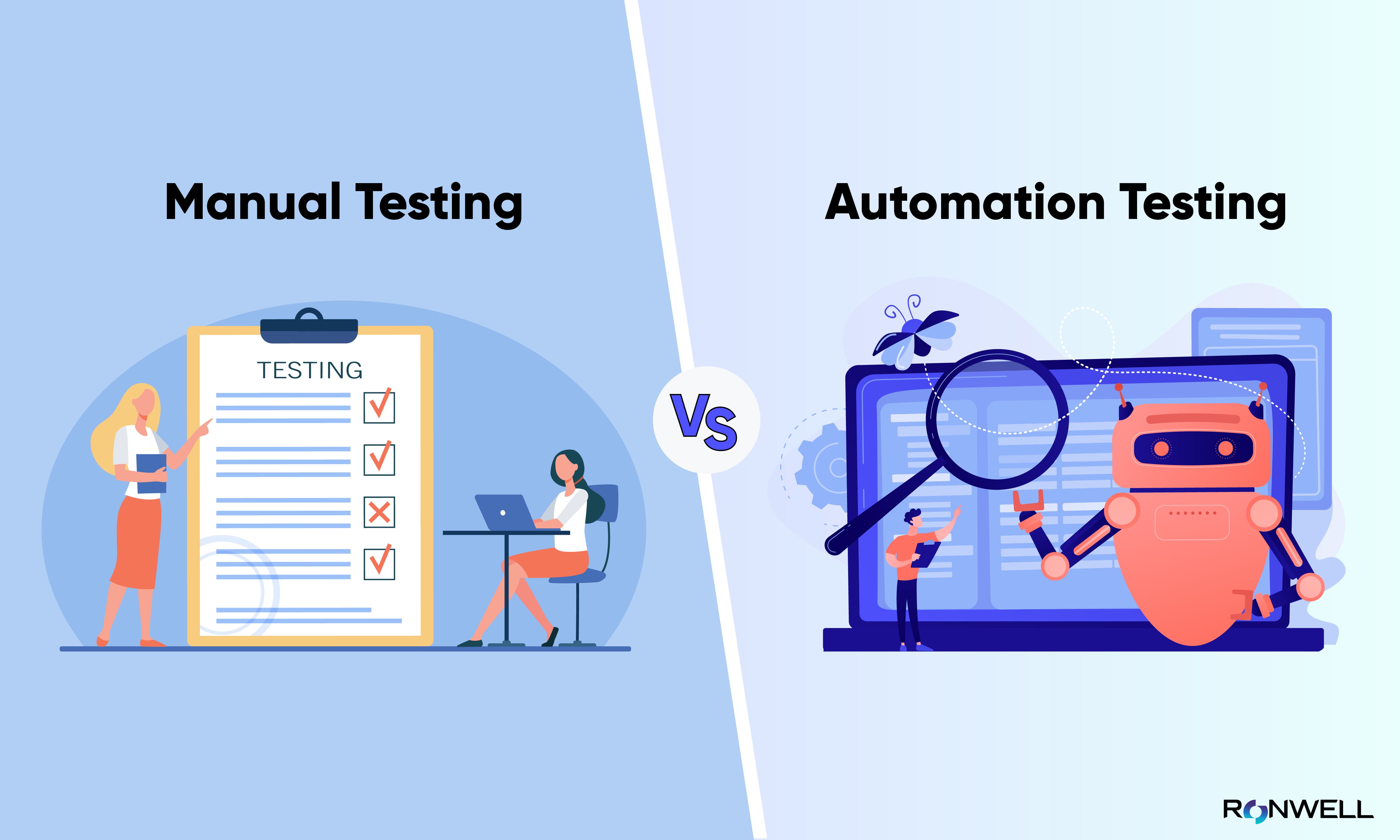Automation Testing Structures: Simplifying Complicated Testing Circumstances
Automation Testing Structures: Simplifying Complicated Testing Circumstances
Blog Article
From Handbook to Automated Screening: A Comprehensive Guide to Transitioning Efficiently and Properly
In the world of software application screening, the change from guidebook to automated procedures has come to be an increasingly vital shift for organizations looking for to boost effectiveness and accuracy in their testing methods. The journey from guidebook to automated testing is not without its obstacles, but when approached tactically and with a clear plan in mind, the benefits can be considerable.
Benefits of Automated Checking
Automated testing offers various advantages, boosting effectiveness and accuracy in software application development procedures. One primary benefit is the considerable reduction in screening time. Automated examinations can be run concurrently on several tools and running systems, significantly speeding up the screening phase contrasted to hands-on screening. This increased efficiency permits faster responses on the quality of the software program, making it possible for developers to identify and attend to problems quickly.
Moreover, automated testing guarantees a higher level of accuracy in identifying defects. Given that automated tests comply with predefined manuscripts, human error is lessened, resulting in more trustworthy test results. Uniformity in screening is additionally boosted, as automated examinations perform the very same steps specifically each time they are run. This uniformity is essential in making sure that all capabilities of the software are completely tested, minimizing the possibility of undiscovered pests slipping with to manufacturing.
Choosing the Right Devices

Firstly, evaluate your purposes and needs. Recognize the range of your job, the modern technologies entailed, and the capability of your group. This evaluation will certainly help you determine the attributes and capabilities you need in your testing devices.
Secondly, consider the compatibility of the devices with your existing systems and processes. Seamless combination with your present software application development lifecycle is important to make sure a smooth change to automation.
Furthermore, assess the scalability and flexibility of the tools. As your testing requires advance, the devices must have the ability to adapt and accommodate changes successfully.
Lastly, element in the assistance and area around the devices. When applying automated testing, durable support and an active customer area can give valuable sources and help. By meticulously thinking about these elements, you can choose the right tools that align with your demands and established the stage for an effective shift to automated screening.
Composing Effective Examination Manuscripts

When crafting test manuscripts, it is important to take into consideration the details requirements of the software program being evaluated and make sure that the scripts address all essential performances. Detailed and clear calling conventions for examination manuscripts and examination cases can enhance readability and maintainability. Additionally, integrating mistake handling systems within the test manuscripts can aid in determining and resolving problems quickly.
Additionally, organizing test scripts into modular elements can enhance reusability and scalability, decreasing redundancy and enhancing effectiveness in examination manuscript upkeep. Routine evaluations and updates to test manuscripts are important to maintain speed with evolving software needs and capabilities. By adhering to these principles, testers can create robust and reliable test manuscripts that add his response significantly to the success of automated testing processes.
Integrating Automation Into Workflows
Efficient integration of automation tools into existing workflows simplifies processes and enhances performance within software application development cycles. When including automation into process, it is vital to identify recurring jobs that can be automated to conserve time and minimize human error. By effortlessly incorporating automated testing devices like Selenium or Appium right into the software program growth lifecycle, teams can achieve faster responses on code changes, bring about quicker insect detection and resolution. This integration enables constant testing throughout the growth procedure, making certain that any problems are determined early on, resulting in greater software application quality. Furthermore, automation can be used to trigger examinations instantly after each code dedicate, giving prompt validation and releasing up testers to concentrate on even more complex scenarios. Appropriate combination of automation devices needs collaboration in between growth, screening, and operations groups to establish a unified process that enhances effectiveness and efficiency in delivering top quality software application products.
Ensuring a Smooth Shift
Efficiently transitioning to automated testing entails meticulous preparation and careful implementation to take full advantage of and lessen interruptions efficiency in the software advancement procedure - automation testing. To ensure a smooth shift, it is crucial to begin by carrying out a complete evaluation of the existing screening processes and determining locations where automation can bring the most considerable advantages. Engaging with all stakeholders at an early stage while doing so, including programmers, testers, and job managers, is vital for gathering support and buy-in for the automation campaign
Communication is essential during this change stage. Clear interaction of the goals, benefits, and expectations of automated testing aids to take care of any resistance or concerns that might emerge. In addition, supplying sufficient training and resources for team members to upskill in automation tools and techniques is crucial for ensuring an effective shift.

Verdict
Finally, transitioning from handbook to Bonuses automated screening supplies numerous benefits, including enhanced effectiveness and dependability. By selecting the proper tools, composing efficient examination manuscripts, and incorporating automation effortlessly into operations, companies can guarantee a smooth and successful shift. It is essential to welcome automation as an important property in software program testing processes to boost overall quality and performance.
In the realm of software application testing, the shift from manual to automated procedures has become an increasingly vital shift for organizations seeking to improve performance and precision in their screening methods. Automated examinations can be run at the same time on numerous gadgets and operating systems, substantially speeding up the screening stage contrasted to manual testing. Consistency in testing is additionally enhanced, as automated examinations carry out the very same steps exactly each time they are run.To ensure the effective execution of selected testing tools, the development of effective test manuscripts plays an important role in confirming the functionality and efficiency of automated procedures - automation testing. By complying with these principles, testers can develop robust and reliable examination sites manuscripts that add considerably to the success of automated testing processes
Report this page